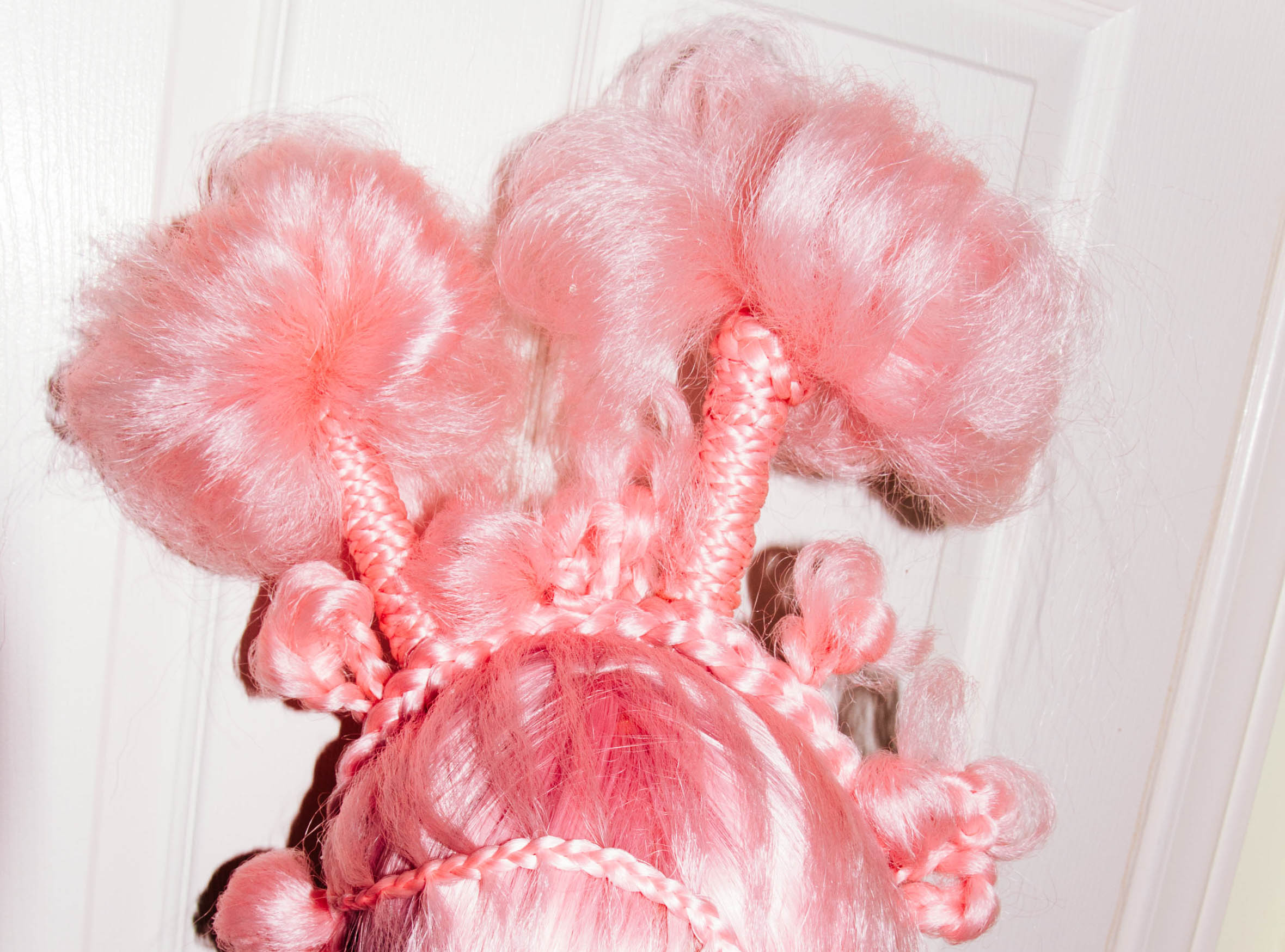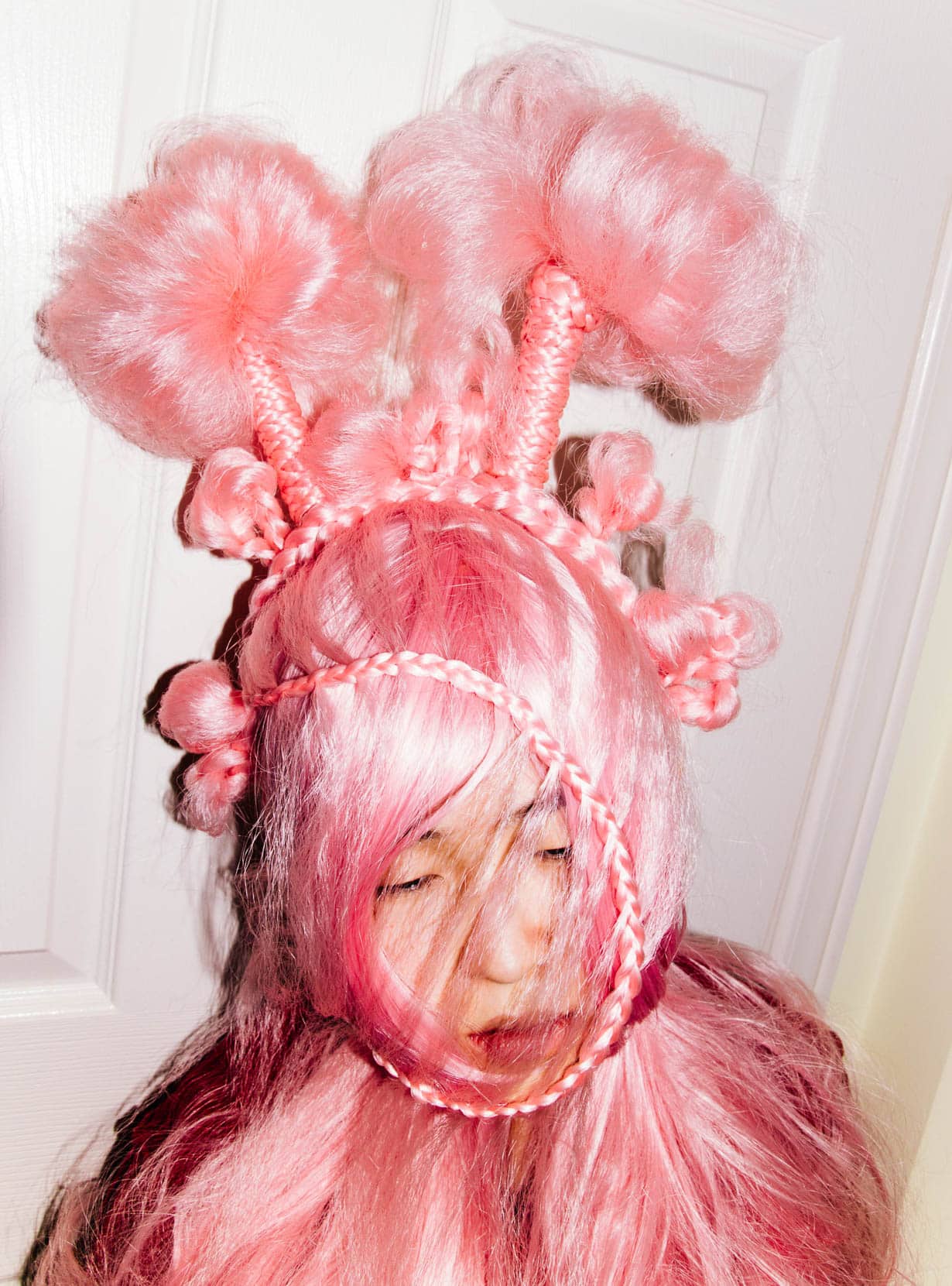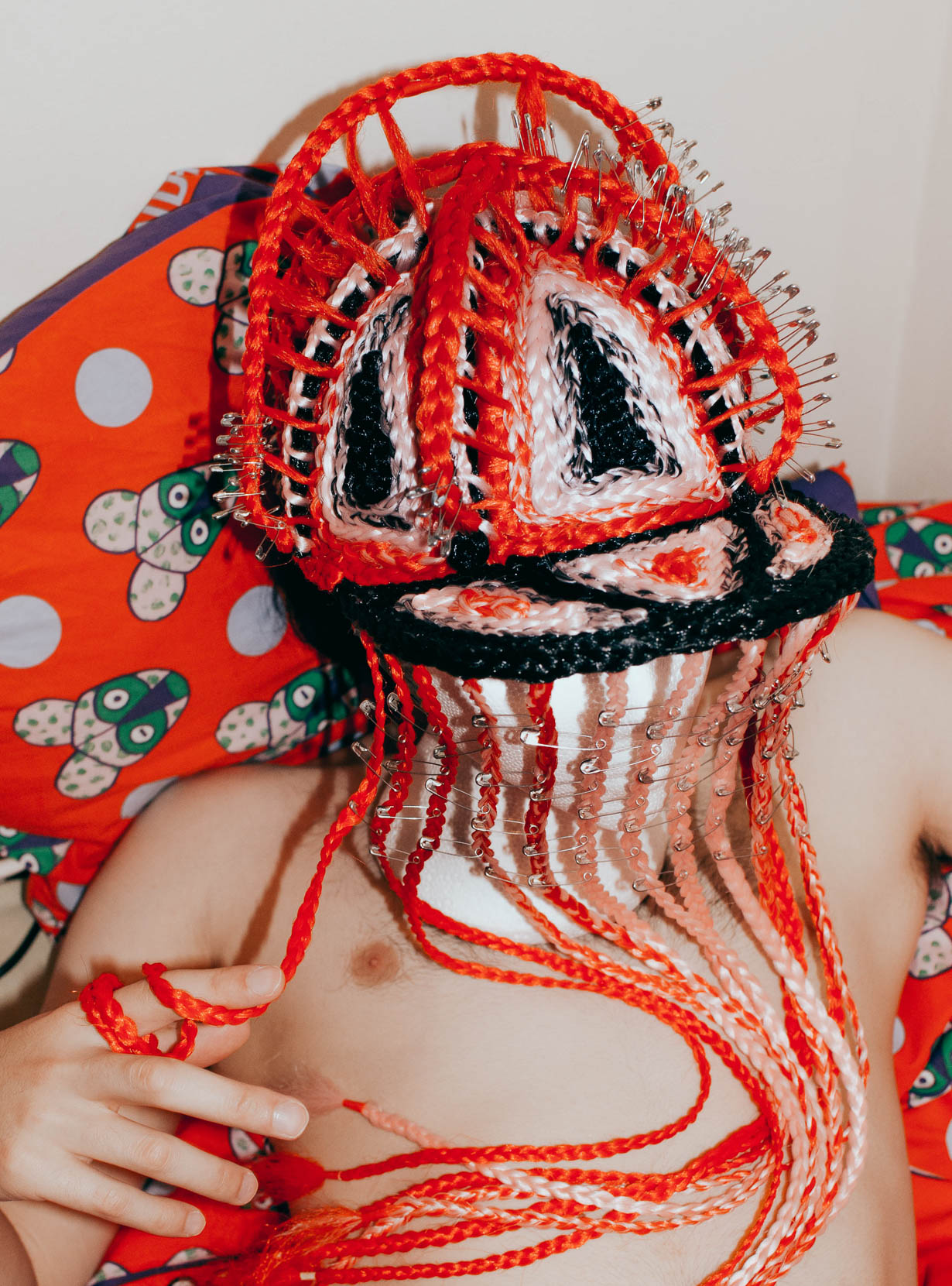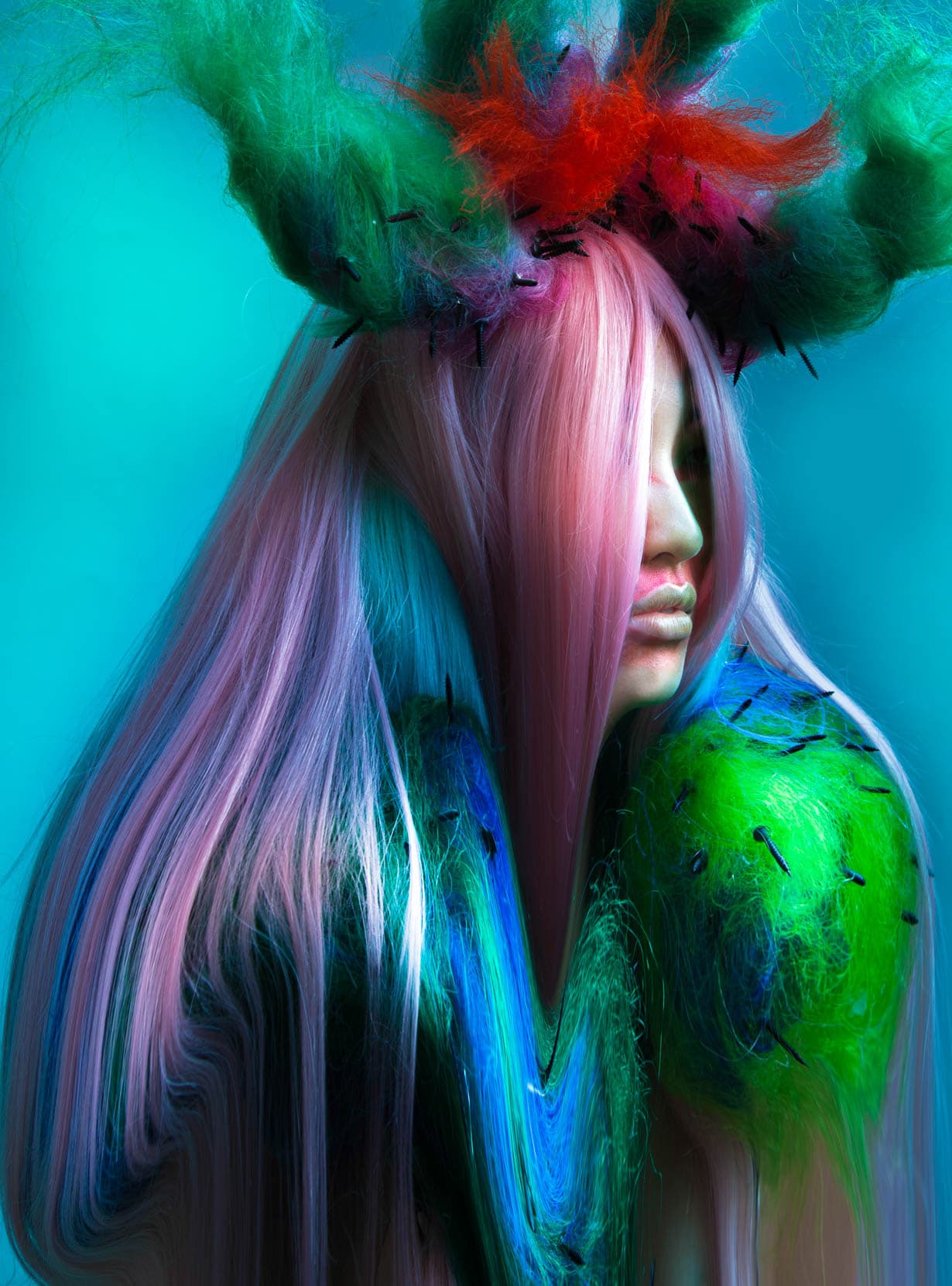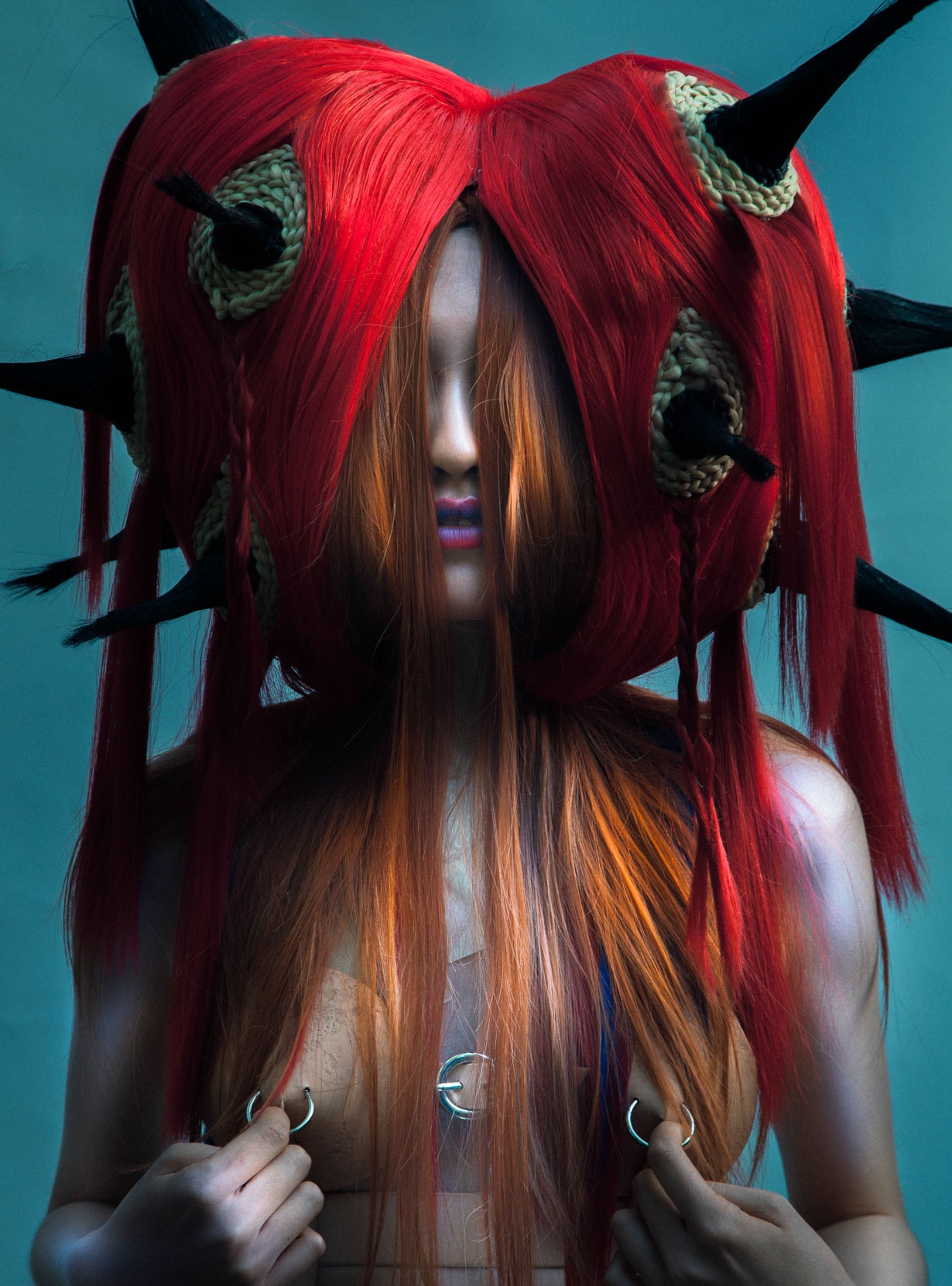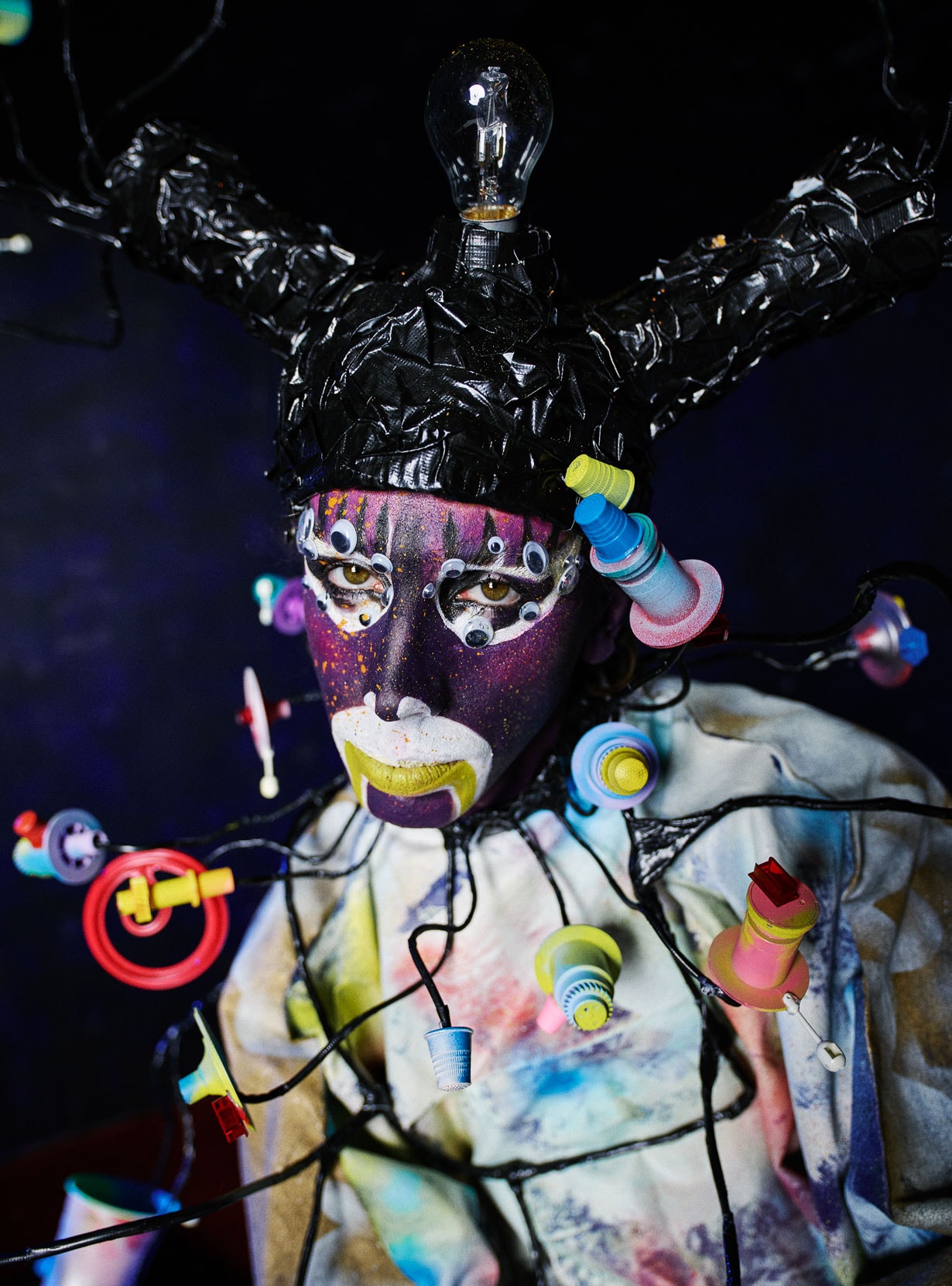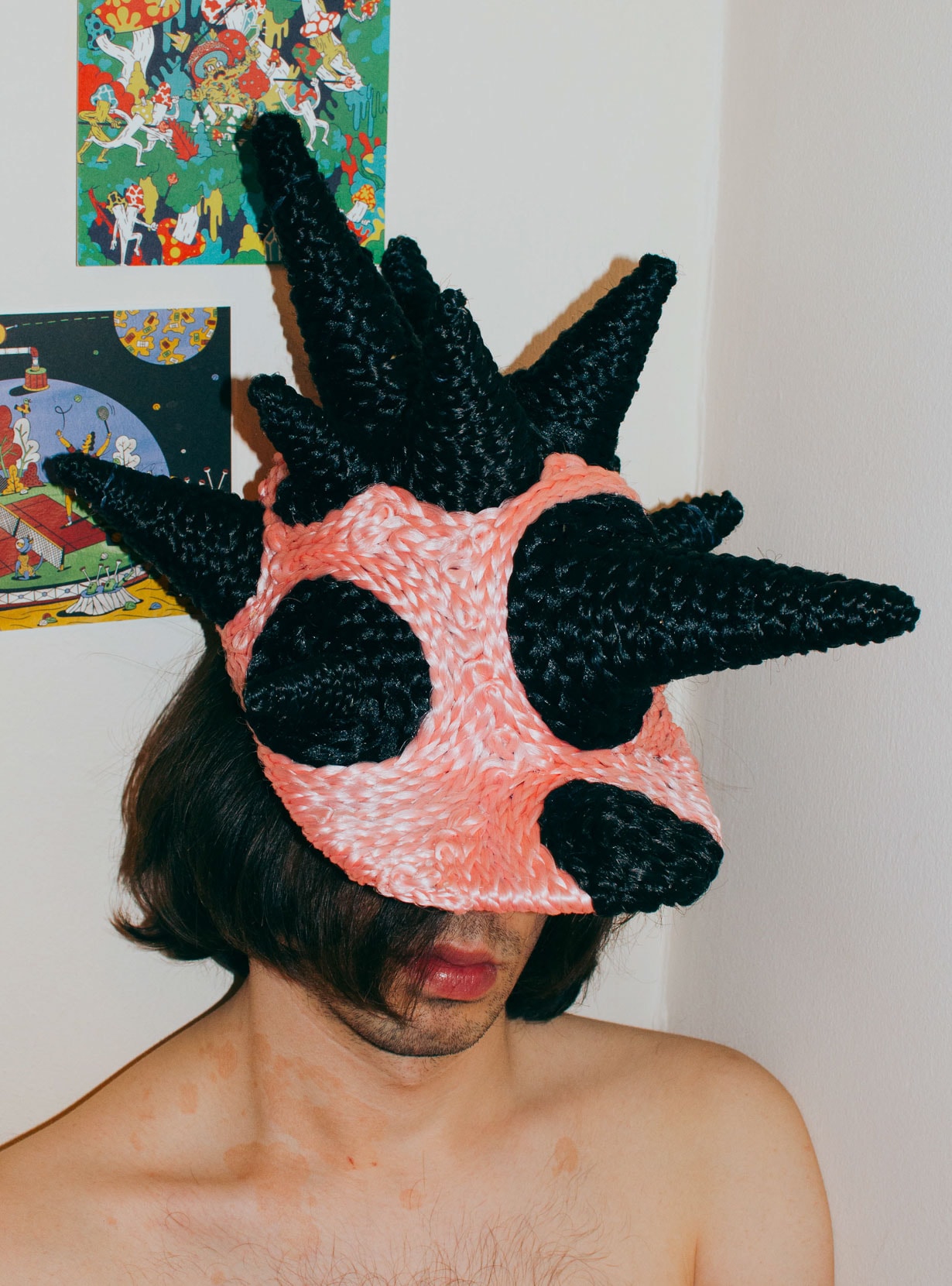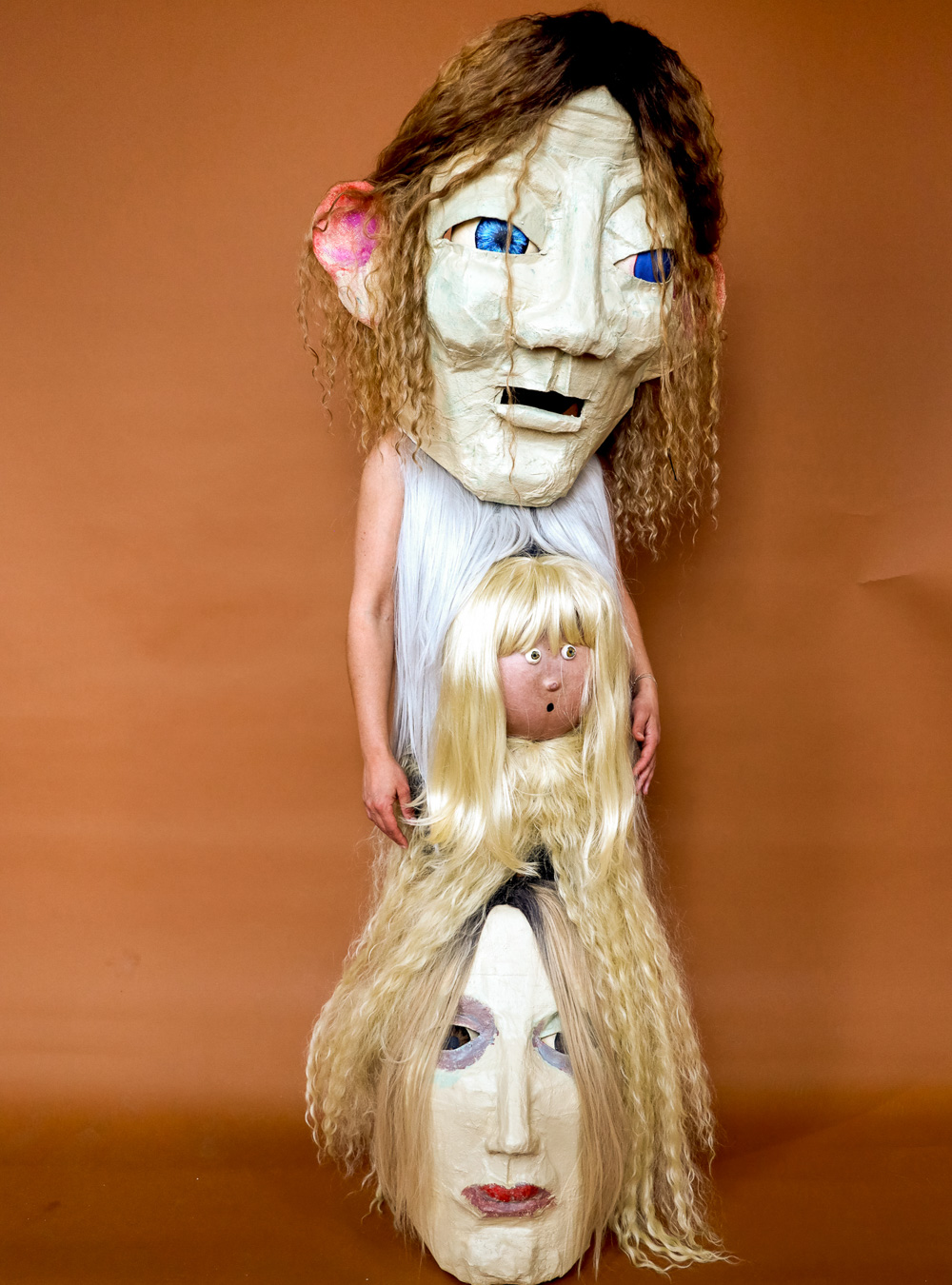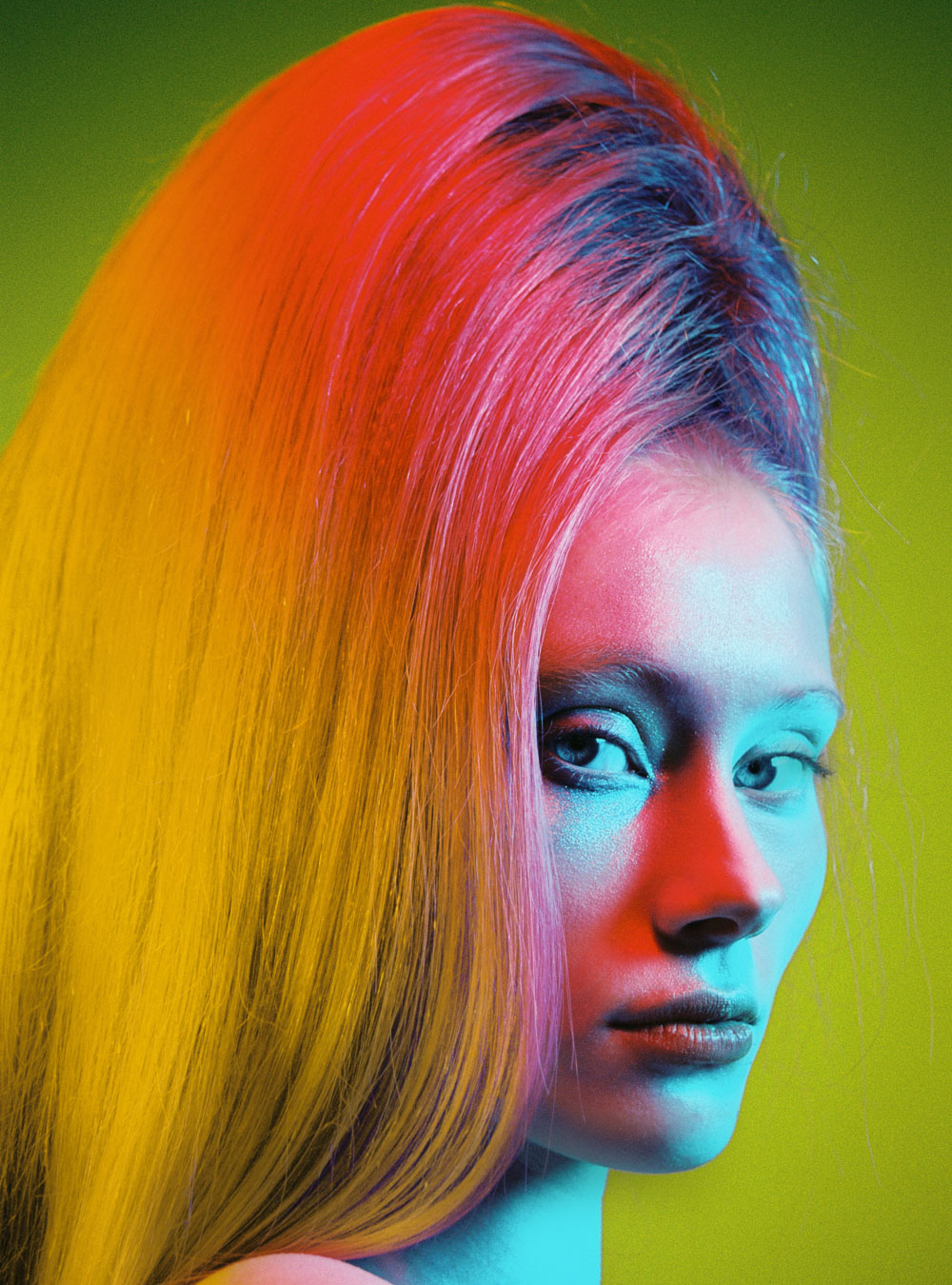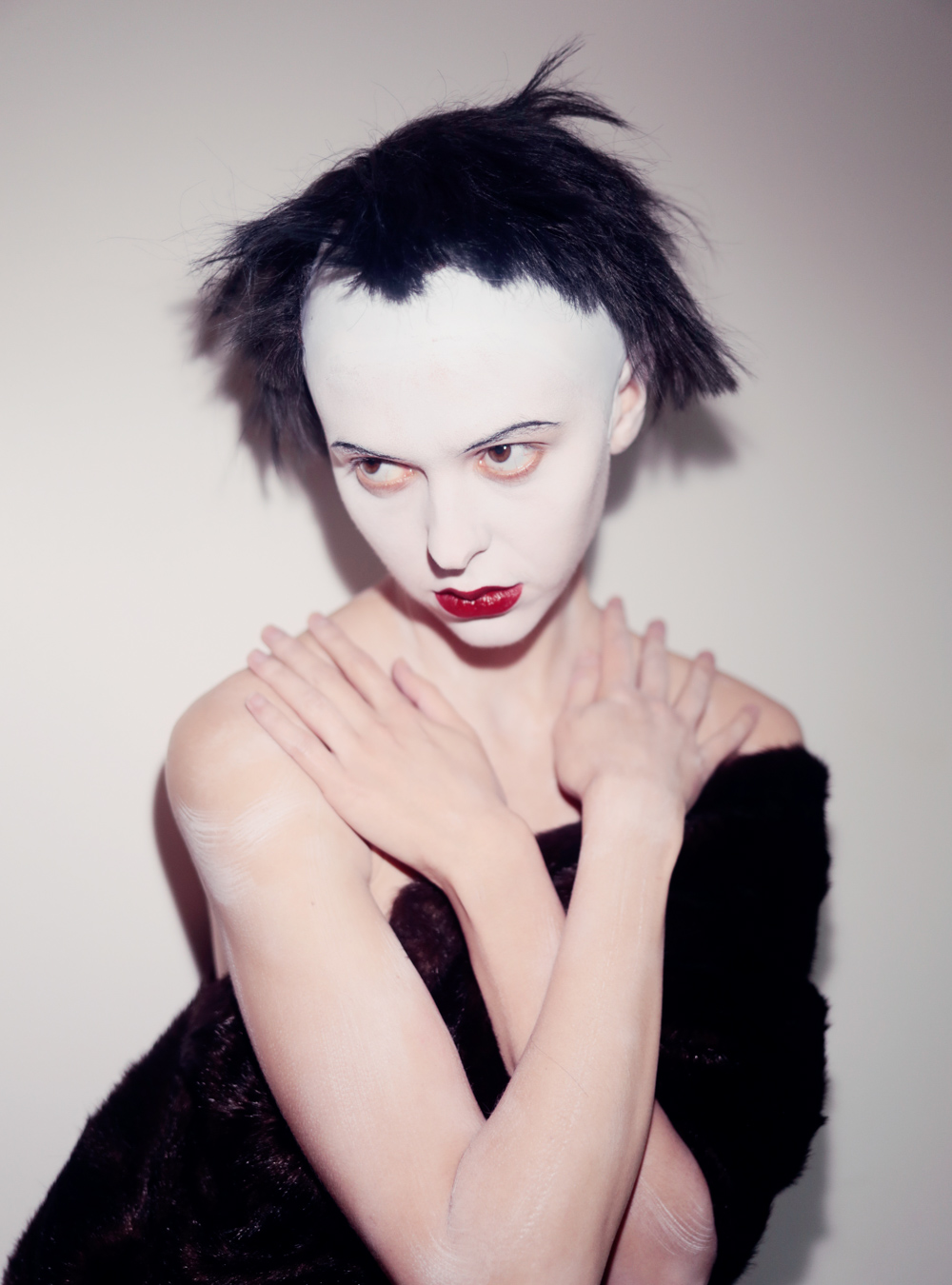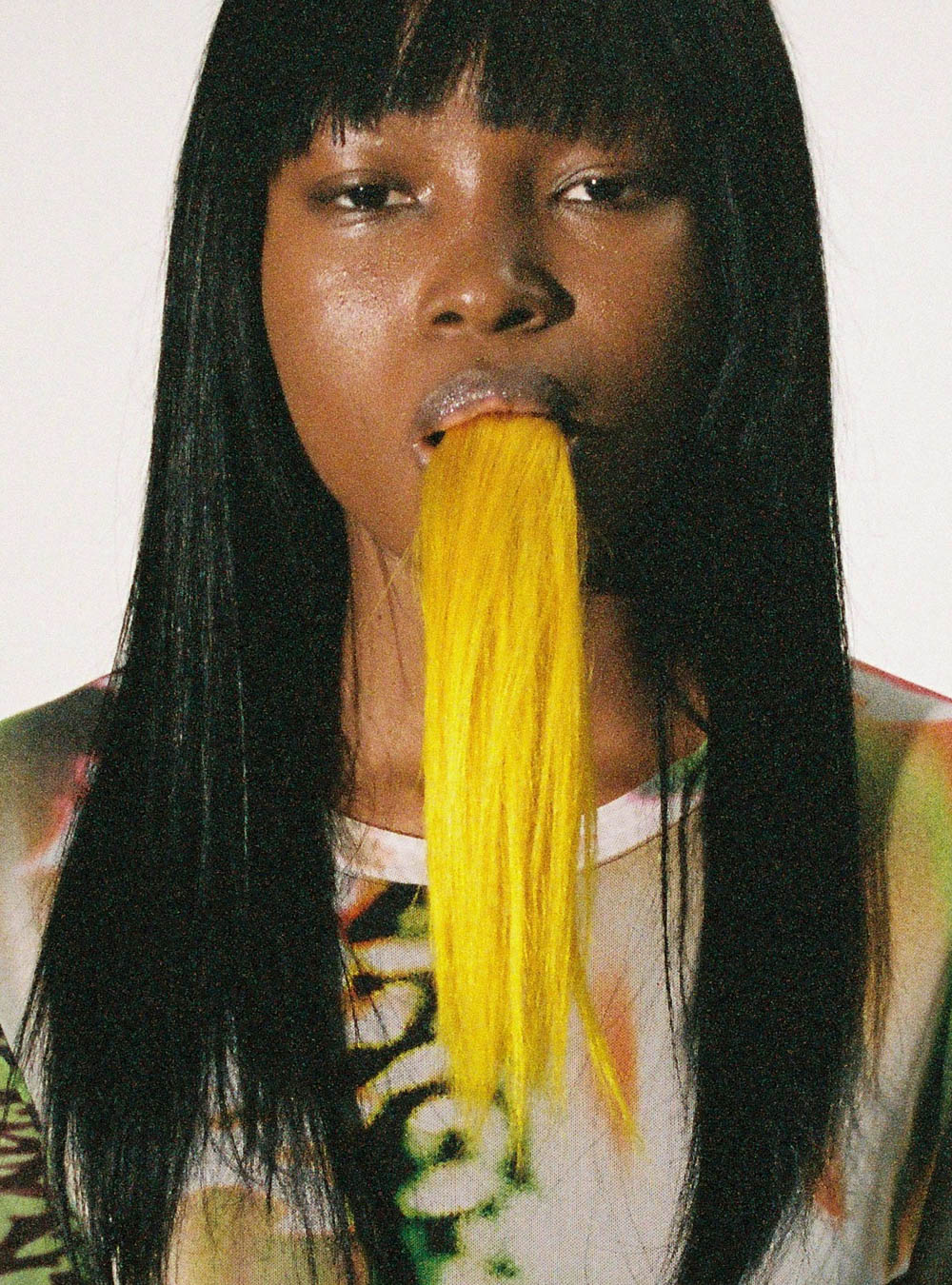- Lydia Chan
- Lydia Chan
- Lydia Chan
PEOPLE: Maverick maker Lydia Chan on the inspirations behind her otherworldly headpieces
Images: Lydia Chan, Alexander Brunacci, Jan-Micheal Stasiuk
Interview: Emma de Clercq
With clients including Vogue Italia, King Kong and Wonderland, Lydia Chan’s bold headpieces are making waves in the fashion and beauty world. The London based creative originally studied Fashion Communication and Promotion at Central Saint Martins, with dreams of becoming a stylist. Here she began to dabble with set design, jewellery making, millinery and hair styling, finding more satisfaction in being able to engage her different creative impulses rather than being limited to one singular practice. We speak to Chan about her hair philosophy, passive learning, and monsters for muses.
Your creative practice is very diverse, and includes set design, illustration as well as your work with hair. What is it that appeals to you about these different disciplines? I really enjoy the tactile element of my work. I derive a great deal of satisfaction from sculpting out an idea visually and turning something that was an idea into a physical entity with physical presence. I also really enjoy the element of control that comes with my work. I spend a great deal of time manipulating materials, pulling them into extremely thin tight shapes and then ballooning them out into a form with an overwhelming scale. I think that all of these disciplines are not very different from one another, its only main difference is scale and application. Ultimately though they are all about creating a visual narrative through the shaping of objects, colours and space.
“With synthetic hair I can glue, tape, spray and heat to my heart’s content”
What are some of your recent inspirations? I don’t think I have a subject of inspiration, I think my work, when it is my own, is derived from something I want to say, maybe a kind of emotional atmosphere I am experiencing or a kind of narrative I would like to create for others to experience. A lot of my work is also about exploring new techniques or enhancing current skills I have, recently I’ve been more interested in large scale drawing and painting, so I have been spending more time painting backdrops, dip dyeing fabrics and using watercolours.
Can you tell us about some of the inspirations for the headpieces you’ve made, in terms of concept as well as techniques? Most of the hairpieces I make are based around monsters and aliens. I like how colourful they are, and the animalistic attributes – like horns, spikes and bones, extremes that illicit fear or alienate the monster from the general population. I think I set a kind of hair principle for myself – my general philosophy is to push the boundaries and create pieces that look extreme, but it needs to maintain the illusion of hair and feel cohesive with the person wearing the hair. There is a very fine line between tacky and brilliant, which is even more difficult to navigate when you start creating hair pieces that are very dramatic and extreme.
My techniques are mostly derived from set design and making, a lot of my hairpieces are filled with glue, with cardboard and tape structures underneath. I also use a lot of clips and hairspray. I’m not a hairstylist or a hairdresser, I have a great deal of respect for the profession, and I think they have to take a great deal of other things into consideration, like hair texture and comfort of the sitter, whereas for me, creating hairpieces is just set design for the head, and I can be a little bit of a maverick with my techniques.
How did you learn to do hair? I watched Youtube videos and also my mum used to do my hair a lot, but mostly it’s just a lot of common sense, applying my other making skills into the context of hair, and working with materials that I know and understand. Someone once called me a passive learner, I think people are often surprised by the kind of information that seeps into our minds and is then reapplied in different contexts. I feel like that’s how my hair technique has been derived.
Do you prefer to use synthetic hair or human hair? Definitely synthetic. I’ve never worked with human hair that wasn’t attached to a person’s body. When it is attached to the body, hair has such a great variance from person to person. It has its own texture, directionality, moisture content, oiliness etc, far too many attributes to consider for my work! I create most of my hairpieces as exaggerated wigs, or even like masks or hats to be worn by models later, so with synthetic hair I can glue, tape, spray and heat to my heart’s content.
- ANTHROPOLOGY OF HAIR
- ANTHROPOLOGY OF HAIR
- ANTHROPOLOGY OF HAIR
- ANTHROPOLOGY OF HAIR
- ANTHROPOLOGY OF HAIR
